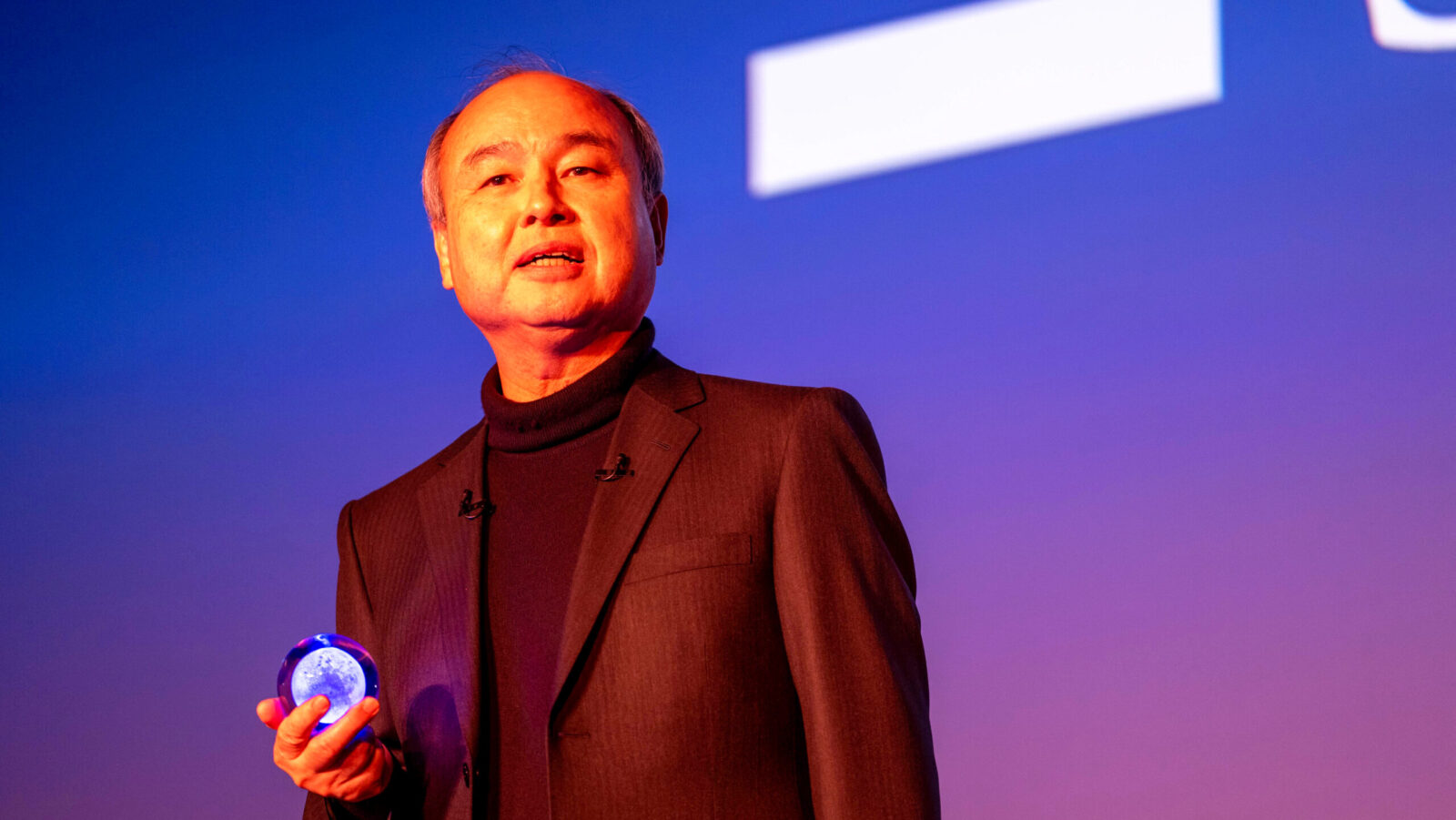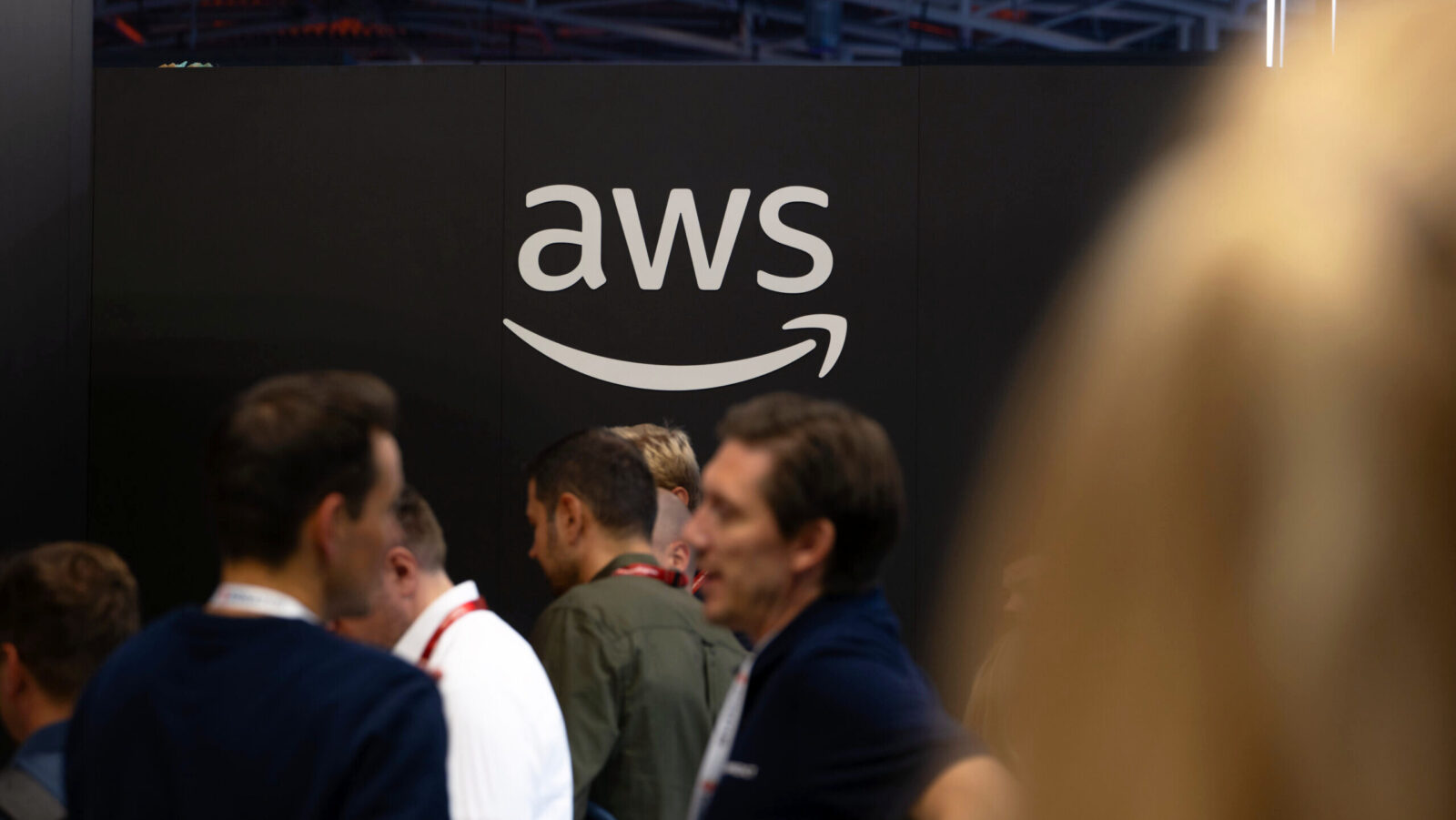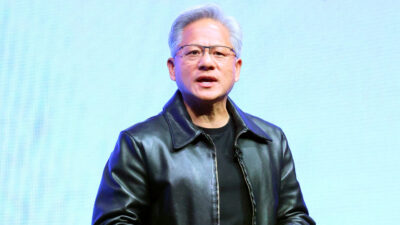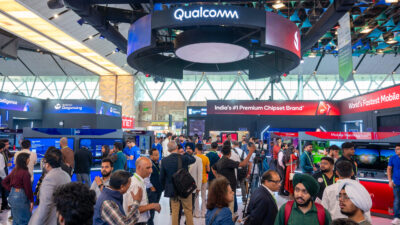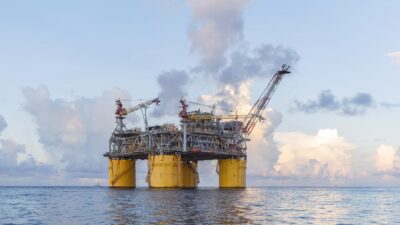Low Battery: ‘Heat Dome’ Exposes Cracks in America’s Decaying Power Grid
Rising temperatures and massive new data centers are providing a massive stress test for the US power grid.
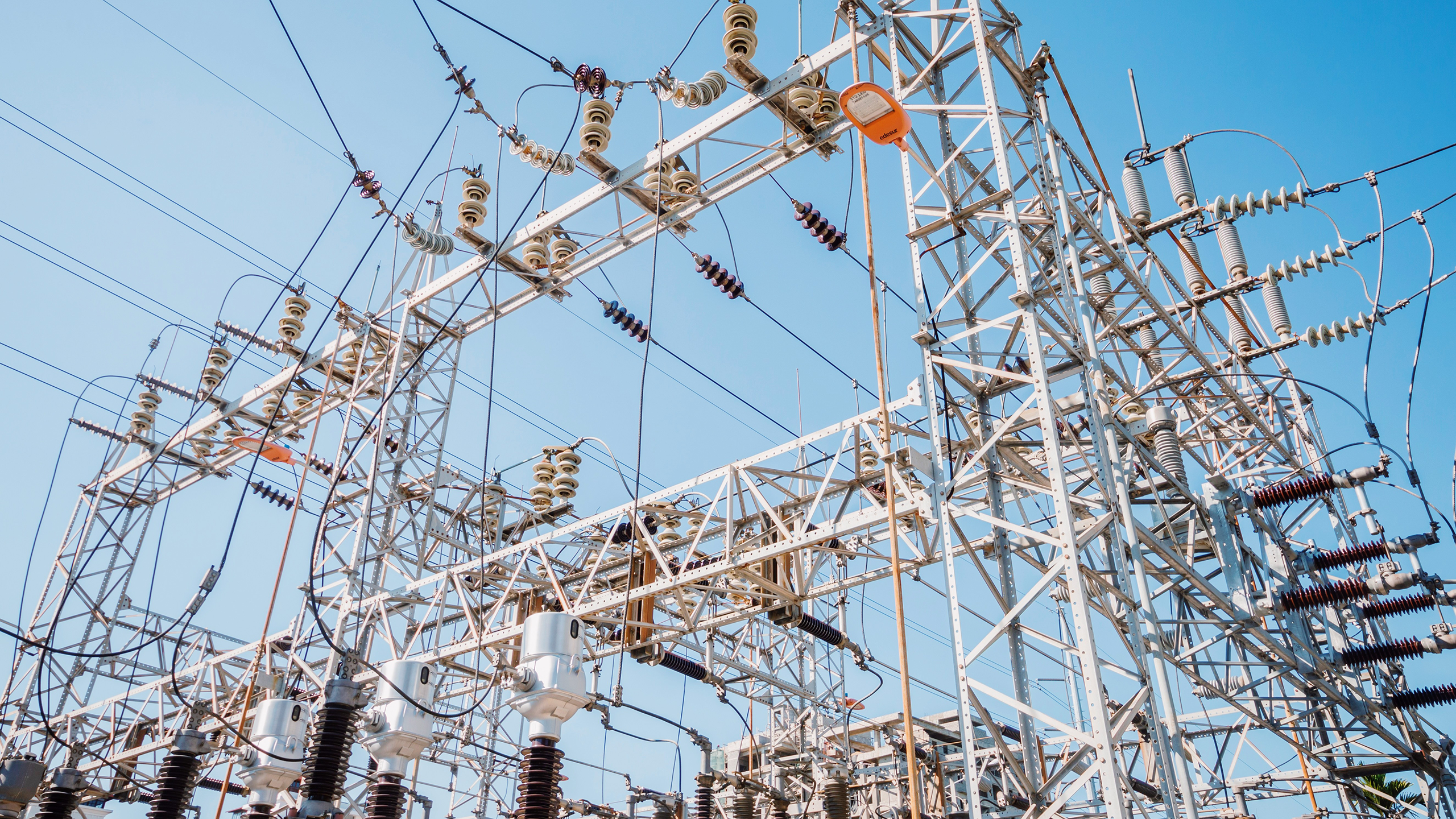
Sign up for smart news, insights, and analysis on the biggest financial stories of the day.
Before reading this, you’ll want to make sure all your devices are fully charged. Go ahead, we’ll wait.
Okay. This week’s epic heat dome has swallowed up much of the eastern half of the continental United States and is pushing the energy grid to the brink as buildings and homeowners everywhere crank up the air conditioning to stay cool. As a result: Spates of power blackouts across the country, ranging as far and wide as Queens, New York; northeast Ohio and Philadelphia, Pennsylvania. The US Department of Energy has even issued an emergency order to address and prevent potential electricity shortages in the entire southeast.
In other words, the changing climate is crunching US energy infrastructure.
But here’s the twist: Rising temperatures — summer after summer of record highs and extreme heat events now in the forecast for the foreseeable future — may not even be the biggest stress test for the aging US power grid. A possibly more daunting challenge comes courtesy of Silicon Valley, which is constructing massive, power-hungry data centers all over the country to fuel compute-intensive AI and fintech. The AI boom is coinciding with a resurgence of the crypto industry, which has similarly exerted outsize pressure on the grid in recent years to power its production in the blockchain mines.
Simply put, according to experts who spoke to The Daily Upside, the converging forces are challenging the entire US energy infrastructure with its biggest and most sudden surge in both demand and complexity since the post-war manufacturing boom of the early 1950s. Generating supply to meet demand and building infrastructure to adapt to new complexity will require ingenuity, time and considerable capital. In short, the entire energy ecosystem must be upgraded with a host of technologies, both old and new.
Gridlocked for Good
For decades, energy demand growth in the US was constant and low. Crucially, demand growth was consistently met with and offset by widespread advances in energy efficiency in every link of the chain, from the very foundation of power generation to the appliances whirring in American kitchens.
Supply was able to keep up with the gradually increasing demand for decades, which meant that even aging infrastructure — including power plants, transmission lines and distribution systems — proved resilient enough to keep the lights on.
The downside? Stakeholders across the ecosystem — from governments at every level to private companies — had little incentive to invest heavily to modernize their infrastructure. The result, now that there’s been a noted spike in demand? Increasing risk of critical failure.
“I believe that we’ve yet to experience the worst possible outcomes of the potential twin pressures of new data centers and extreme heat and that we are unprepared for the future,” Dr. Naeem Turner-Bandele, CEO of energy research and consultancy firm Latimer Enterprise, told The Daily Upside.
It’s far from a unique opinion. In March, the American Society of Civil Engineers (ASCE) gave America’s energy infrastructure a score of D+ in its annual report card, flagging lack of transmission capacity and a shortage of distribution transformers. That’s down from a C- last year, but it hardly makes ASCE the most prescient Cassandra in the room.
“This is something that a lot of people have seen coming, and there’s been lots of discussion about the state of the grid at our base-load power plants for many, many years,” David Borchardt, a senior mechanical engineer at MD Energy Advisors with more than 40 years of experience in the industry, told The Daily Upside. “My father [who built power plants] passed away in 1990, and he decried the fact that we hadn’t built a lot of base-loads in 20 years at that time.”
Winds of Change
That’s not to say the makeup of energy infrastructure has been entirely static. In recent decades, older (and high-polluting) base-load power-generation facilities, such as coal plants, have been replaced by a new crop of so-called distributed energy resources (DERs) such as solar, wind and batteries. That’s good for lowering carbon emissions and improving air quality, but perhaps less so for the energy infrastructure itself.
“There’s power being generated in homes, on businesses, in solar farms and wind farms everywhere, and the grid just wasn’t designed to have current and electricity flowing that way,” said Bob Marshall, co-founder and CEO of Whisker Labs, the largest independent grid monitor in the US.
Disharmonic Dysfunction
The lack of modernization coupled with a surge in demand has led to an unprecedented level of “harmonics” — or poor-quality energy — flowing through the system, which Marshall says can damage everything from grid equipment to devices in homes and businesses.
That’s causing a “double whammy” of cost increases, Marshall told The Daily Upside. On the one hand, energy-supply growth is not matching the upswing in demand, which means energy bills are expected to surge in the coming years (and have already started to in many US households). On the other hand, the increased level of harmonics can cause significant damage to expensive appliances. That $15,000 HVAC system you just installed with an expected 15-year lifespan? Sustained levels of harmonics can cut that down to 10 years — all while simultaneously eating away at the infrastructure powering your home.
“Historically, there’s been one measurement that has been used to monitor the grid, and that’s reliability,” Marshall said. “But that’s no longer the correct metric. In my opinion, reliability is certainly important, and you have to keep the power on, but the data is showing increasing signs of power-quality problems that are very damaging.”
The increased demand from massive new data centers is already having a demonstrable effect on energy quality, too. According to a recent Bloomberg report that combined data from Whisker Labs and market intelligence firm DC Byte, there is a strong link between proximity to data centers and energy quality, with more than 75% of highly distorted power readings in the US (evidence of bad harmonics) occurring within 50 miles of intense data center activity. Meanwhile, a January report from the Berkeley Lab found that data center energy demand could double or even triple by 2028.
Pulling the Plug
The breakdown in systems is, in fact, already evident. According to data collected by Whisker Labs, which maintains a network of over 1 million grid-monitoring sensors in homes and buildings across the US, there has been a 100% increase in “grid faults” — or disruptions in the flow of electricity within the power grid — observed on a per-home, per-month basis since January 2022.
Blackouts from the past week are evidence of the breakdown. As outdated transmission lines, heat-vulnerable transformers, and a spike in peak demand converged to stress the grid during the heat dome, utility operators were forced to employ their last resort: rolling blackouts to quickly reduce demand and avoid wider and more damaging outages. For example, Paul Hines, vice president of power systems at EnergyHub, told The Daily Upside that the Northeast Blackout of 2003 could have been avoided if utility operators “had just shut down a little bit of load in Ohio, northern Ohio, Cleveland area.”
The Daily Upgrade: So just how big of an upgrade project is needed to modernize the US grid?
“It is a multi-decade overhaul, which is closer to the scale of rural electrification than a routine infrastructure refresh,” Dr. Pragathi Darapaneni, a senior materials scientist at The Schaeffler Group, told The Daily Upside in an email. “Upgrades must span: 700,000+ miles of transmission lines, 60+ years of accumulated grid inertia, and deployment of 100 GW+ of energy storage (from <15 GW today).”
Want some good news? That effort is already underway.
The Biden-era 2021 Bipartisan Infrastructure bill earmarked billions of dollars for grid modernization. In the spirit of bipartisan consensus, Reuters reported on Friday that the Trump White House is planning a series of executive actions aimed at bolstering the power supply in the US to help fuel the expansion of AI. (The wrinkle, Dr. Turner-Bandele told The Daily Upside, is that DOGE cuts at the Department of Energy have pushed out “the experts within the federal government that we need to help tackle these challenges.”)
Meanwhile, deep-pocketed tech firms are launching their own initiatives to power their growing data centers, with many major players making significant investments to revive nuclear energy in the US.
“The capital in the energy infrastructure industry is going to have to be patient capital. It’s not going to be a quick payoff,” Paul DeCotis, senior partner of energy and utilities at West Monroe Partners, told The Daily Upside.
Still, “the capital is there, DeCotis said. “The investors I talked to, the capital is there. You’re seeing a lot of private equity firms starting to redirect their investment portfolio to energy infrastructure. And for good reason. I think the weakness is going to be the ability for the regulatory climate to keep up with the demand.”
